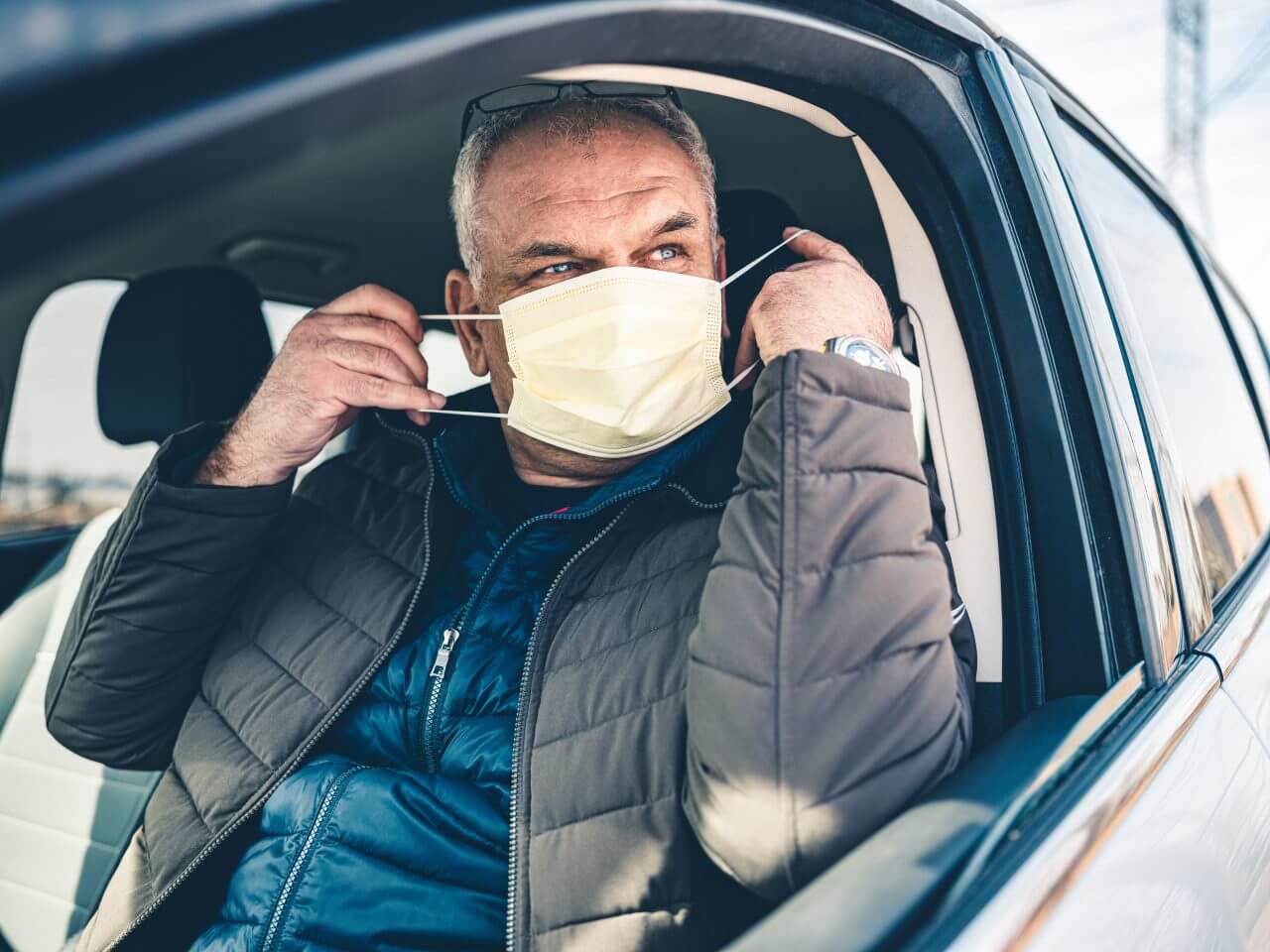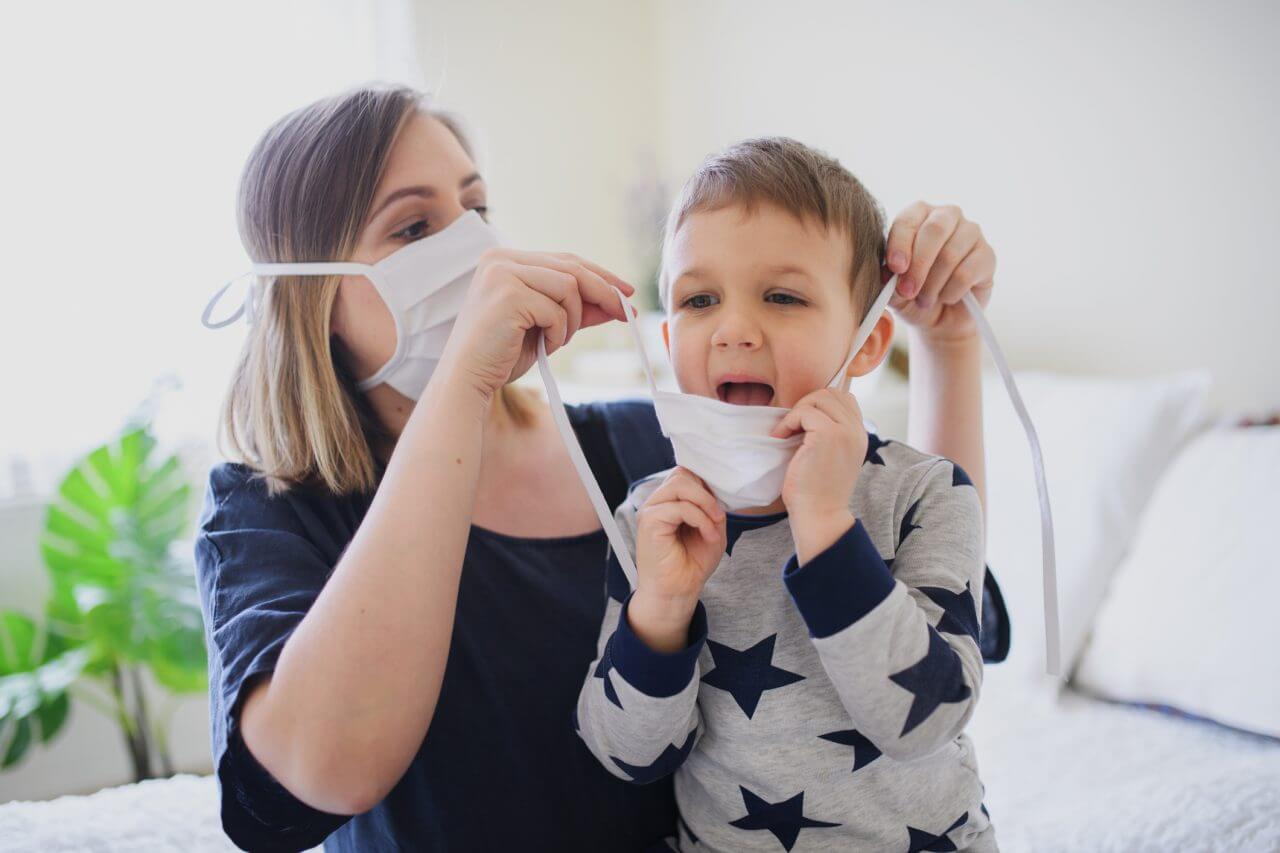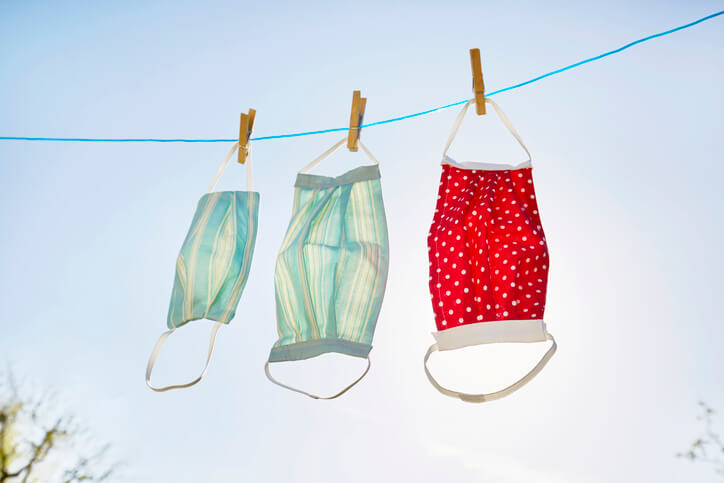Mask Etiquette 101: Things to Consider.

Wearing a mask is an important part of preventing the spread of COVID-19. If you wear one whenever you’re around other people, congratulations on doing your part! But in order for your mask to provide the best possible protection to you and others, you’ve got to wear and take care of it the right way.
Here are some important considerations to keep in mind regarding masks:
Mask effectiveness.
Different types of masks have different levels of effectiveness. For example, surgical masks are highly effective at trapping virus particles, whereas homemade masks typically won’t provide the same level of protection.
However, surgical masks are designed to be “single-use” items, so there are multiple factors to consider when choosing a face covering. But whichever type makes the most sense for you, the bottom line is that wearing a mask is crucial during a pandemic.
Never miss a beat! Subscribe to our email newsletter to stay up-to-date on the most important health and wellness information, delivered right to your inbox.
Mask positioning.
To be effective, your mask must cover your mouth and your nose. If you intentionally wear your mask over your mouth only, or if your mask continually slips off your nose, the risk of virus transmission is much greater for you and people near you. Masks with bendable plastic or metal pieces that can be formed around the bridge of your nose can help ensure proper positioning and prevent slippage.
Sneezing and masks.
Sneezing while wearing a mask poses unique challenges. People often ask if there’s a “correct way” to do so. First, if you’re around others, you must keep your mask on while sneezing. You should also cover your masked nose and mouth with the bend of your elbow if possible.
Then, it’s ideal to replace the soiled mask with a clean one if you can. If you’re outside and far from other people, it’s best to remove your mask, sneeze and then reposition it. And anytime you touch your mask, it’s important to wash your hands or use hand sanitizer.
Mask washing.
If you wear a face mask made of cloth or other fabric, you should wash it daily—in the washing machine or by hand if appropriate—with soap and the warmest water the fabric will tolerate. Be sure that the mask is completely dry before wearing it again. It’s a good idea to have multiple masks so that while you’re cleaning one, you can wear another.
Masks and fogging of glasses.
When warm breath hits the cooler surface of glasses, the lenses tend to “fog up.” Fogging can be minimized in a couple of ways. For example, you can wear a mask with a moldable nosepiece and/or use special adhesive tape to form a tighter seal at the top of the mask and keep your breath from reaching your glasses. There are lenses you can get that are designed to prevent fogging. You can also wash your glasses with soap and water, which creates a layer that resists fogging.
Learn about the phased approach to COVID-19 vaccine distribution and where you are in line.
While the vaccines that are being distributed will help bring an end to the pandemic, it’s vital that we all continue to wear masks properly until we reach that point.
Remember: Your Mask Is Just One Line of Defense
Mask wearing is a key tactic in our fight against COVID-19, but it’s not the only tactic. Avoiding crowded spaces, maintaining as much distance from others as possible when you must go out and frequent, thorough hand washing are other great ways to prevent transmission of the virus.
More Questions About COVID-19 and the Vaccine?
If you’d like to learn more about COVID-19 and the vaccines that have been approved by the FDA, visit the Baptist Health COVID-19 Resources page. More information about available vaccines can also be found at the CDC.
Next Steps and Useful Resources:
How to Safely Wash Your Mask
6 Things You Need to Know About Face Masks
Should I Wear a Face Mask at Home?
Find a COVID-19 Testing Location



